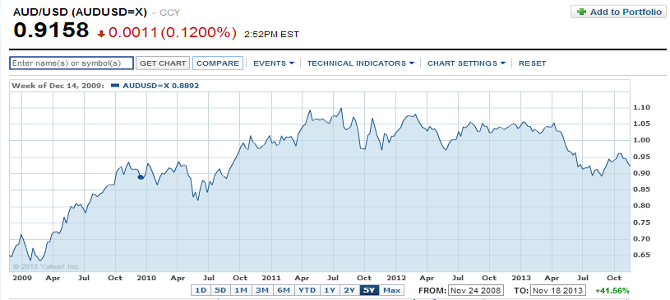With America’s Seasonally Adjusted Annual Selling Rate (SAAR) creeping above 16 million units in November, driving the market to new post-bailout highs, the usual cheerleaders are out in force to celebrate the strength of the US auto sales. But in the rush to spread the good news, few are looking at the troubling data underlying these frothy sales numbers. In the US, automakers count sales upon delivery to dealers rather than consumers. When times get tough and demand shrinks, OEMs often force dealers to take on more inventory in order to temporarily improve sales numbers. We saw both GM and Chrysler dump huge amounts of inventory on dealers in the leadup to their 2008 collapses, and we’ve reported on a similar dynamic at play in the current European downturn.
We won’t know the extent to which dealers are stacking up inventory until we see a full December 1 report from Automotive News, but initial signs are not promising. Already in October, Wards Auto saw an uncomfortable build-up in inventories across the industry that has apparently only grown among the worst offenders. At the time Wards predicted that “the excess will be alleviated in November, when most of the lost sales are recouped,” but although pricing discipline has remained high the inventories are continuing to build as we head into December.













